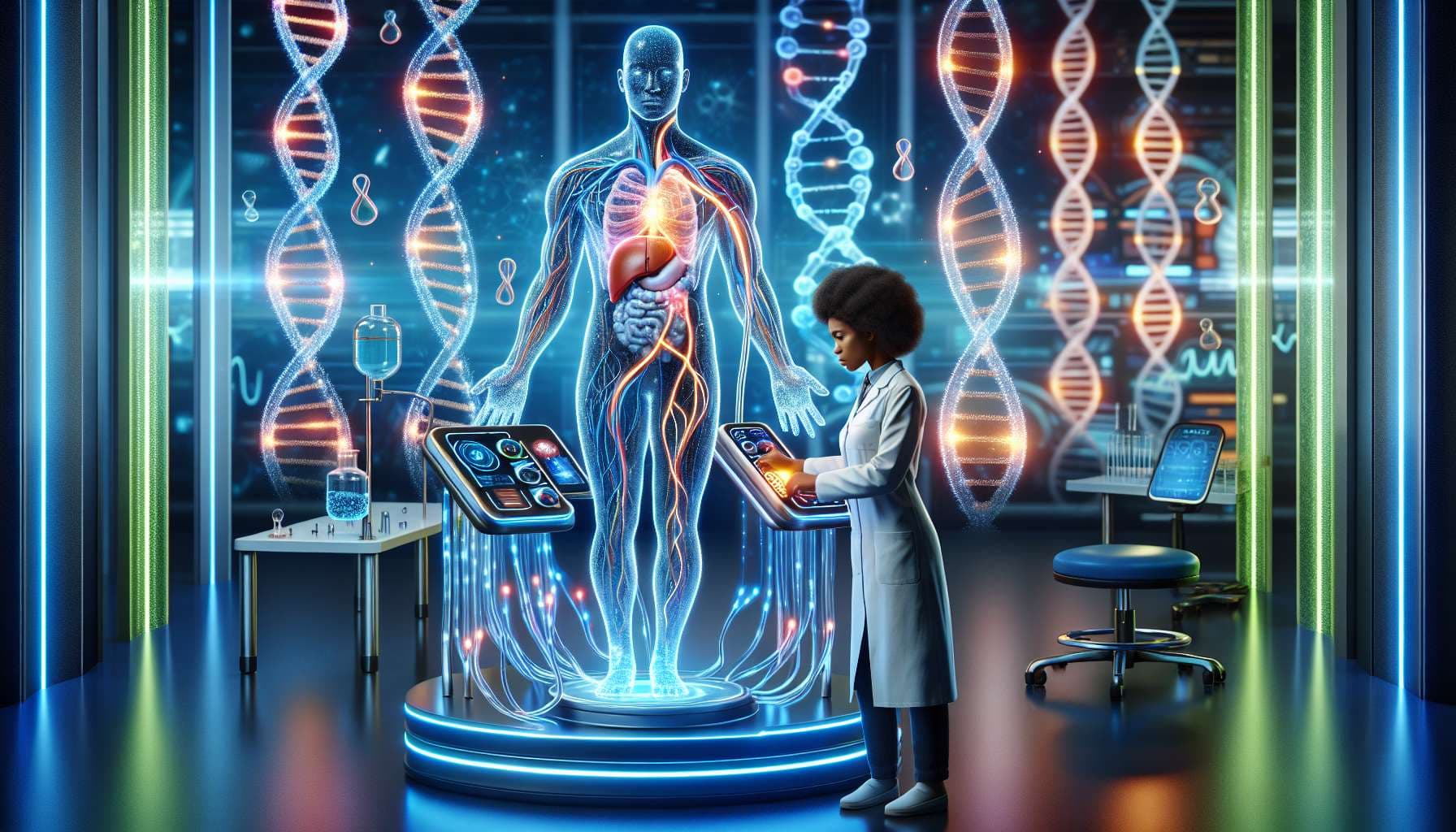
Bioelectricity—the manipulation of the body’s natural electrical signals—has been hailed as a potential game-changer for regenerative medicine. Proponents argue that by understanding and controlling these signals, we could regenerate damaged organs, repair spinal cords, or even regrow limbs. It’s a captivating vision of the future, and experiments like those conducted by Michael Levin at Tufts University give it a solid scientific foundation. Levin’s lab has shown that altering the electrical patterns in frog embryos can trigger limb regeneration, raising the tantalizing prospect of applying similar techniques to humans. (Tufts University)
But here’s where things get tricky. While the headlines promise a future of miraculous healing, the path from frog embryos to functioning human organs is far from straightforward. Current technologies like electroceuticals, bioelectric scaffolds, and microcurrent stimulation show promise in animal models and early studies, but there’s a wide gap between promise and practice.
What’s Holding Us Back?
First, there’s the basic science. We still don’t fully understand how specific electrical signals influence different cell types and tissues. The human body is a complex and dynamic system, and small changes in one area can have unintended consequences elsewhere. Without a deeper understanding of these mechanisms, scaling up bioelectric interventions is risky. (SpringerLink)
Then there’s the challenge of moving from controlled lab environments to real-world clinical settings. Even if we can pinpoint the right signals to stimulate organ regeneration, delivering these signals safely and effectively in human patients is another hurdle entirely. Devices must be reliable, scalable, and capable of integrating seamlessly with the body’s existing systems. (SpringerLink)
Finally, the regulatory landscape for any new medical technology is notoriously slow. Even once the science is sound, clinical trials and approvals could take years, if not decades.
Resolution Criteria: When Will We Know?
For this prediction market, the resolution criteria hinge on peer-reviewed evidence. Specifically, the market will resolve positively when a peer-reviewed paper demonstrates the use of bioelectricity in humans to regenerate organs or tissues. The study must show a clinically meaningful outcome, such as restoring function to a damaged organ, and be published in a reputable medical or scientific journal.
The Prediction Market Angle
Given these challenges, it’s worth asking: when will bioelectricity move beyond the lab and start regenerating human organs and tissues in a meaningful way? The optimistic take is that clinical trials could begin by the late 2020s, with broader applications emerging in the 2030s. But there’s plenty of room for skepticism. The history of medical innovation is littered with promising technologies that took far longer to reach the market than initially predicted—or never made it at all.
This market invites you to weigh in. Will we see a peer-reviewed study demonstrating bioelectric regeneration of human organs or tissues within the next decade? Or will the hurdles prove more formidable than the hype suggests? Let’s put our skepticism to the test and see where the crowd lands.
Sources:
Michael Levin’s Research on Bioelectricity: Tufts University
Bioelectric Medicine: SpringerLink
Bioelectric Scaffolds in Regenerative Medicine: SpringerLink
Historical Perspective on Bioelectricity: Wikipedia
@TheAllMemeingEye Thank you for your feedback. Indeed, I used an LLM to assist with the description, and I’m currently experimenting with longer descriptions for my markets to see how they resonate.